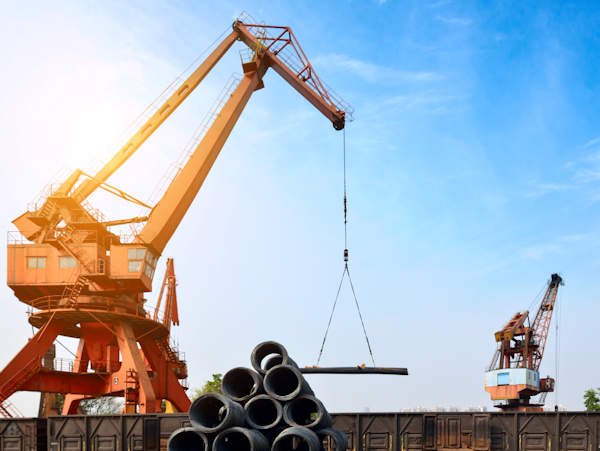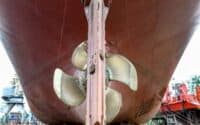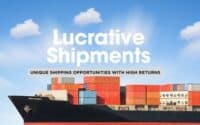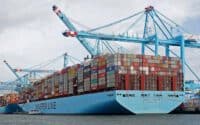20 Key Items Shipped as Breakbulk

In the vast world of maritime trade, while containerization has become synonymous with efficiency and standardization, there exists a realm where items refuse to be boxed in: breakbulk shipping. This sector caters to goods that are too large, too heavy, or too uniquely shaped for conventional containers. It’s a realm of flexibility and specialization, where each cargo tells its own story of global commerce. From colossal machinery to intricate art installations, here’s a journey through the top 20 items that chart their course across oceans without the confines of a container.
* Please send feedback/suggestions to editor @ shipuniverse.com
Pro tip: Breakbulk Americas is almost here! September 26 – 28!
- Machinery and Equipment: Large machinery, including agricultural, mining, and construction equipment that doesn’t fit into standard containers, is frequently shipped as breakbulk.
- Vehicles: While many vehicles are shipped using roll-on/roll-off (RoRo) services, oversized vehicles like buses, trucks, or specialized vehicles often use breakbulk services.
- Steel and Metal Products: Large steel beams, metal plates, coils, and other oversized metal products are commonly transported as breakbulk cargo.
- Pulp and Timber: Raw materials like wood logs, pulp, and timber are often too bulky or irregularly shaped for containers and are shipped as breakbulk.
- Wind Turbines: Renewable energy equipment, especially large wind turbine blades, masts, and nacelles, are typically transported as breakbulk due to their size and shape.
- Boats and Yachts: Smaller boats and yachts that cannot be shipped as vessels themselves are often transported as breakbulk.
- Oil and Gas Equipment: Large components for oil rigs, pipelines, and other energy infrastructure often require breakbulk shipping.
- Modular Housing: Pre-fabricated modules for housing or construction projects can be shipped as breakbulk when they are too large for standard containers.
- Project Cargo: This refers to large, heavy, high-value, or critical pieces of equipment needed for projects like power plants, factories, or infrastructure development. Examples include transformers, generators, or large tanks.
- Bagged or Bundled Goods: While these can sometimes be containerized, in instances where it’s inefficient or not feasible to do so, goods like cement, grains, or chemicals in large sacks or bundles might be shipped as breakbulk.
- Pipes: Especially for large infrastructure projects, oversized pipes are shipped as breakbulk.
- Railway Tracks and Components: Components like long rails, sleepers, and larger parts of railway infrastructure are typically transported as breakbulk.
- Cranes and Lifting Equipment: Large cranes, whether mobile, tower, or crawler, are often transported in parts or even whole, depending on their size, as breakbulk due to their weight and dimensions.
- Aircraft Parts: Larger components of airplanes, such as wings, fuselages, or engines, which are not suitable for containerized transport, are shipped as breakbulk.
- Cables and Wires: For infrastructure or underwater projects, reels of cables, whether electrical or communication, can be bulky and heavy, making them candidates for breakbulk.
- Factory Components: When setting up new factories or industries, large machinery or parts of assembly lines that are outsized may be shipped as breakbulk.
- Mining Structures: Elements like conveyor belts, large dump truck bodies, and other outsized mining equipment parts fall into this category.
- Large Sculptures and Art Installations: Artistic structures, especially those showcased in international exhibitions or for public installations, can be large and require special handling, deeming them suitable for breakbulk shipping.
- Silos and Storage Tanks: For agricultural or industrial use, these large storage solutions are often transported in sections or even whole, depending on their size, as breakbulk.
- Bridges and Infrastructure Components: Elements for bridges, especially those prefabricated sections or parts like large beams, girders, or trusses, are typically moved as breakbulk.

Do you have a Maritime Product or Service that may be of interest to Shipowners? Tell us about it here!
Do you have feedback or insights? Please reach out to editor @ shipuniverse.com



